Special Report
Medical Tests Every Man Should Have and When

Published:
Last Updated:

In the United States, life expectancy among men is approximately five years shorter than among women. There are a number of potential biological, environmental, and behavioral reasons for the difference.
Among the major contributors to the differences in life expectancy between men and women are serious conditions and illnesses that are more common in men, such as high blood pressure, heart disease, and HIV. There are also illnesses that are exclusive to men, such as prostate and testicular cancer. This is a list of health problems that afflict more men than women.
Public health organizations such as the Centers for Disease Control and Prevention recommend one-time or regular screenings for some or all men, depending on the condition.
24/7 Tempo has compiled a list of examinations men should have and when, using sources such as the CDC, National Institutes of Health, The Mayo Clinic, and the National Cancer Institute.
Adhering to these organizations’ screening guidelines can help prevent a serious condition from progressing untreated. Many of these conditions are preventable through vaccination or healthy behavior. These are 27 top ways to cut sugar and boost your health.
Click here to see the medical tests every man should have and when
Click here to see the medical tests every woman should have and when

1. Depression Screening
While some might not think of it in the same way they would cancer or high blood pressure, clinical depression is a serious condition that can destroy lives if not diagnosed and treated. In the United States, men and women alike should take a test with a licenced mental health professional, such as the Patient Health Questionnaire.
In 2017, there were 47,173 suicides in the United States, or 14.5 for every 100,000 people. Suicide was one of the top five leading causes of death for Americans aged 10 to 35.
[in-text-ad]

2. Prostate-Specific Antigen (PSA) Test
The PSA test is used to screen for prostate cancer. Prostate-specific antigen is produced by cancerous and non-cancerous prostate tissue, though high levels can indicate the presence of cancerous cells. Men should begin getting PSA tests at age 45.
Prostate cancer is the second most common form of cancer in men, after skin cancer. In 2016, there were 192,443 new incidences of prostate cancer, as well as 41,487 deaths due to prostate cancer.
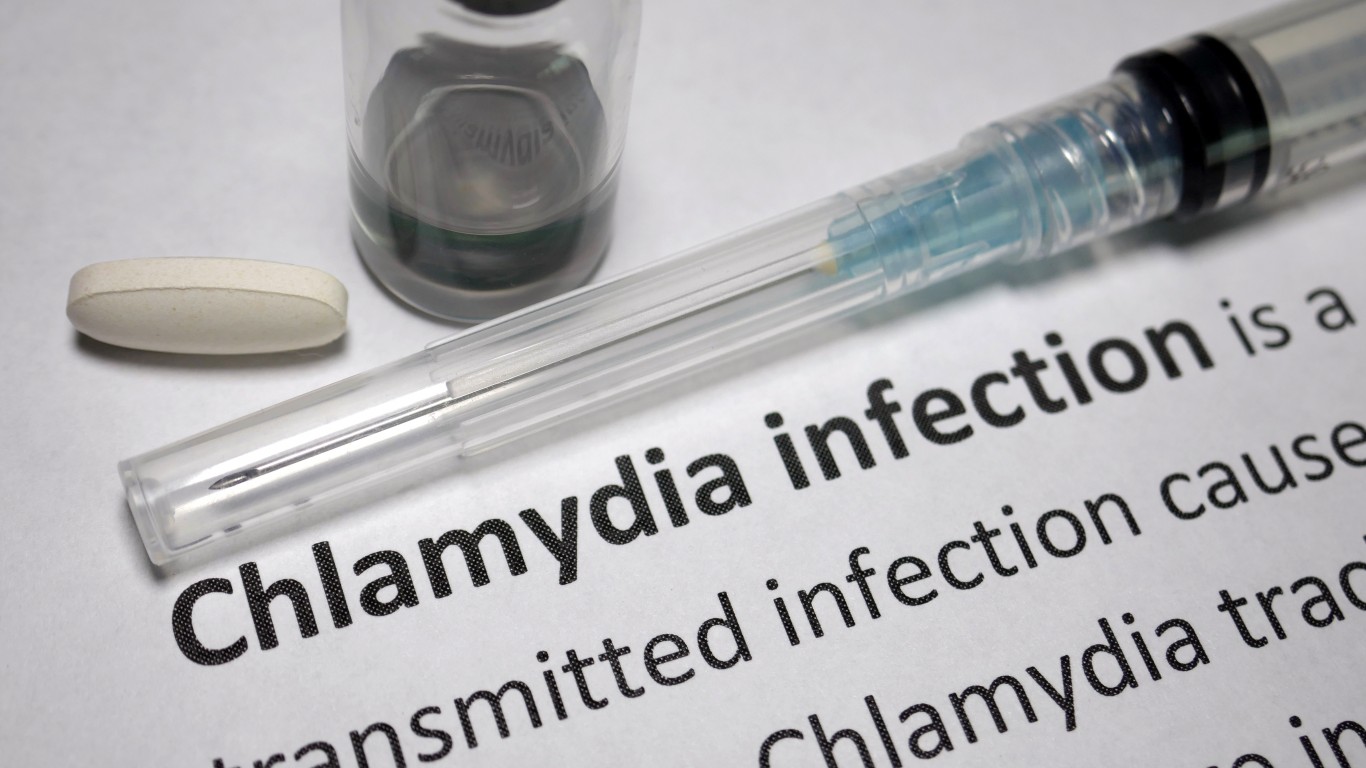
3. Chlamydia and Gonorrhea Screening
Gay and bisexual men who are sexually active should be tested at least once a year for chlamydia, as well as for other common STDs such as gonorrhea and syphilis, according to the CDC. For men, a urine sample can be used to test for the disease.
In 2018, there were 380 reported cases of chlamydia per 100,000 males, roughly half the rate among women.
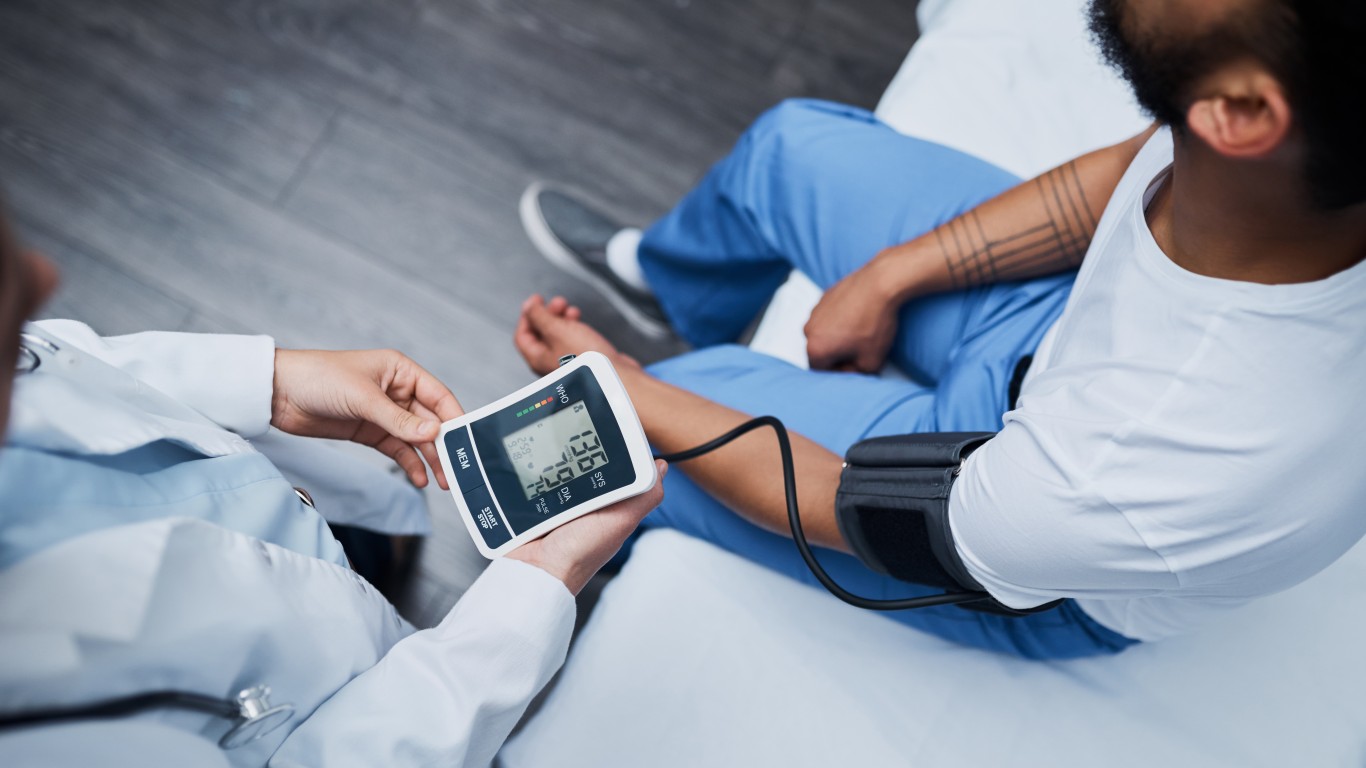
4. High Blood Pressure (Hypertension) Test
A hypertension test is performed with an inflatable arm cuff that measures blood pressure. Before diagnosing hypertension, a doctor will usually perform multiple blood pressure tests over a series of visits because blood pressure can vary greatly throughout the day. For this reason, a doctor may also order a 24-hour blood pressure monitoring test before diagnosing hypertension.
As high blood pressure in common in young men, blood pressure tests should be performed annually regardless of one’s age. According to the CDC, 33.1% of men over 20 have hypertension.
[in-text-ad-2]
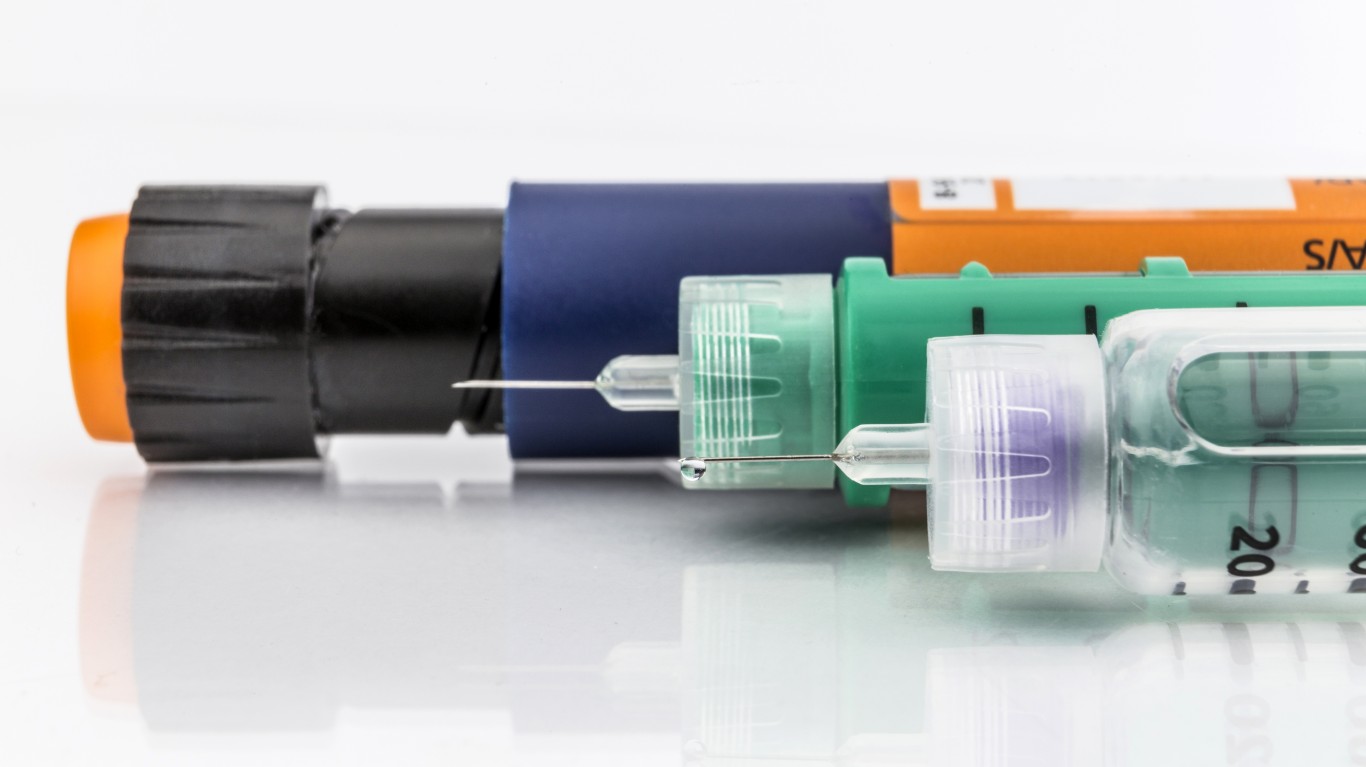
5. Blood Glucose Test
The American Diabetes Association suggests people 45 and older are screened every three years for type 2 diabetes, particularly those who are overweight. The standard test for the condition, the glycated hemoglobin (A1C) test, is a blood test.
Men are more likely than women to develop type 2 diabetes. As of 2017, 9.5% of men 18 or older, compared to 7.6% of women, were diagnosed with diabetes, of which the vast majority of cases are type 2.
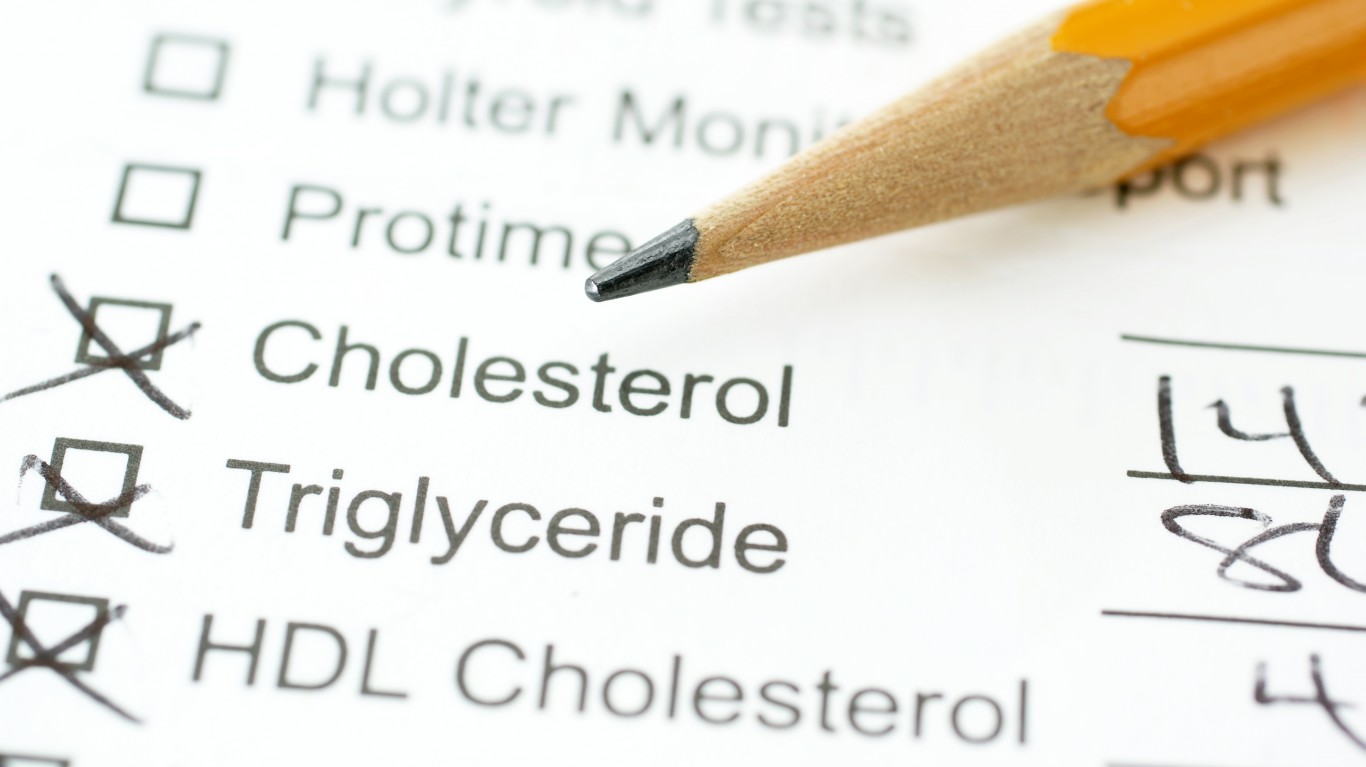
6. Cholesterol Screening
A cholesterol test, or a lipid profile, measures cholesterol levels in the blood. High cholesterol can be a major risk factor in coronary heart disease.
Men who are at average risk of heart disease should get a lipid profile every five years starting at age 18, but those who are at higher risk, such as cigarette smokers or people with a family history of heart disease, may need more frequent testing. Men over the age of 45 should also receive more frequent testing.
The Journal of the American College of Cardiology published a study that found that men who do less aerobic activities are at greater risk of developing high cholesterol in their early 30s,
[in-text-ad]

7. Colorectal Cancer Screening
Colorectal cancer, which includes both colon and rectal cancer is, according to the American Cancer Society, the third most commonly diagnosed form of cancer among both men and
women, although the illness is slightly more common in men. The ACA estimates there will be just over 145,000 new cases diagnosed in 2019.
The CDC recommends men and women alike aged 50 to 75 are tested every 10 years for colorectal cancer, or every five years if polyps are detected.
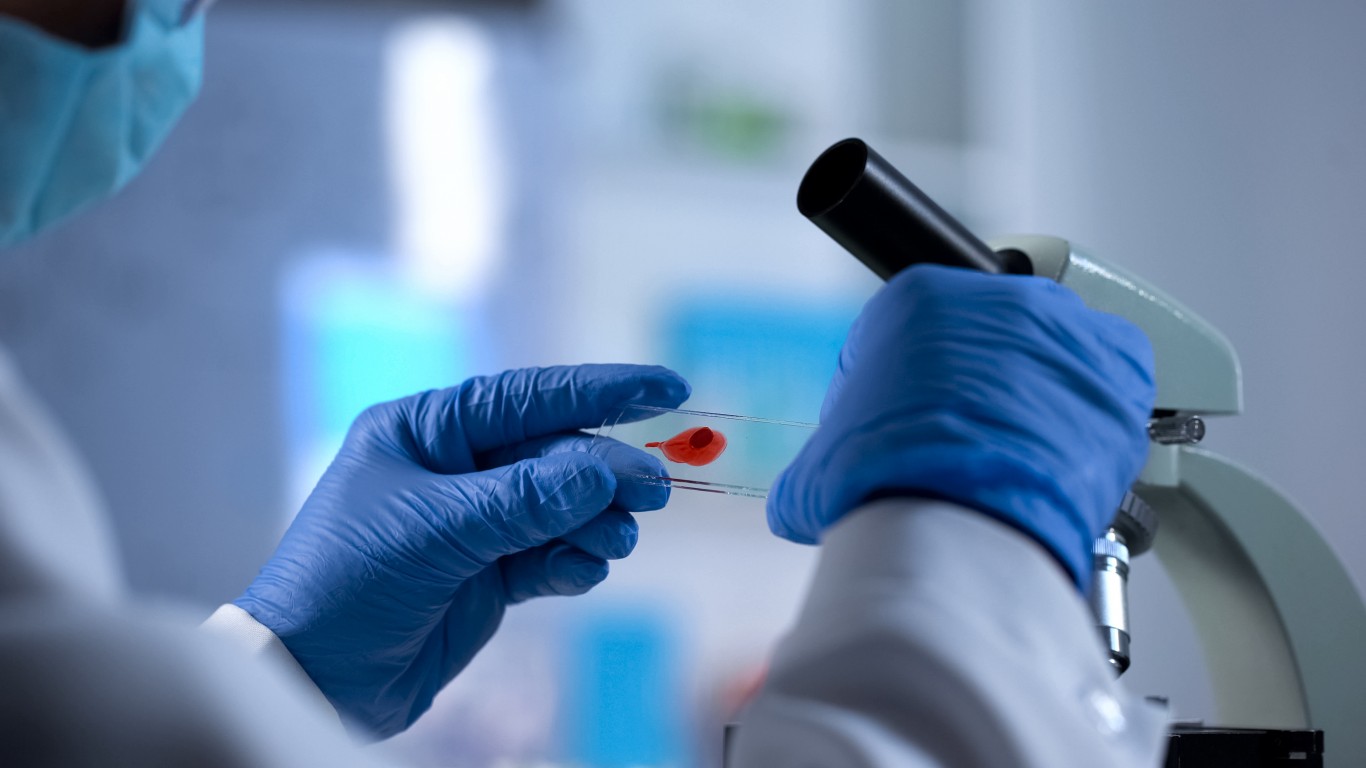
8. Human Immunodeficiency Virus (HIV) Test
Human Immunodeficiency Virus (HIV) is most commonly transmitted through unprotected sex or sharing needles. There are several types of tests, including blood and saliva tests that can diagnose HIV. Because it takes time to develop antibodies after exposure to the virus, early tests may produce a false negative even if you are infected. The Centers for Disease Control and Prevention recommends everyone between the ages of 13 and 64 get tested for HIV at least once.
In 2017 there were 38,739 new cases of HIV in the United States, and 81% of those diagnosed were men. These statistics include reports in American Samoa, Guam, the Northern Mariana Islands, Puerto Rico, the Republic of Palau, and the U.S. Virgin Islands.

9. Testicular Cancer Screening
Testicular cancer is relatively rare, accounting for about 1% of all cancer among men. It is, however, the most common form of cancer for men ages 15 to 35. The condition can usually be treated successfully, and the typical lifetime risk of dying from testicular cancer is roughly 1 in 5,000.
According to the American Cancer Society, most doctors recommend that men be screened for the condition as part of their regular annual physical.
[in-text-ad-2]
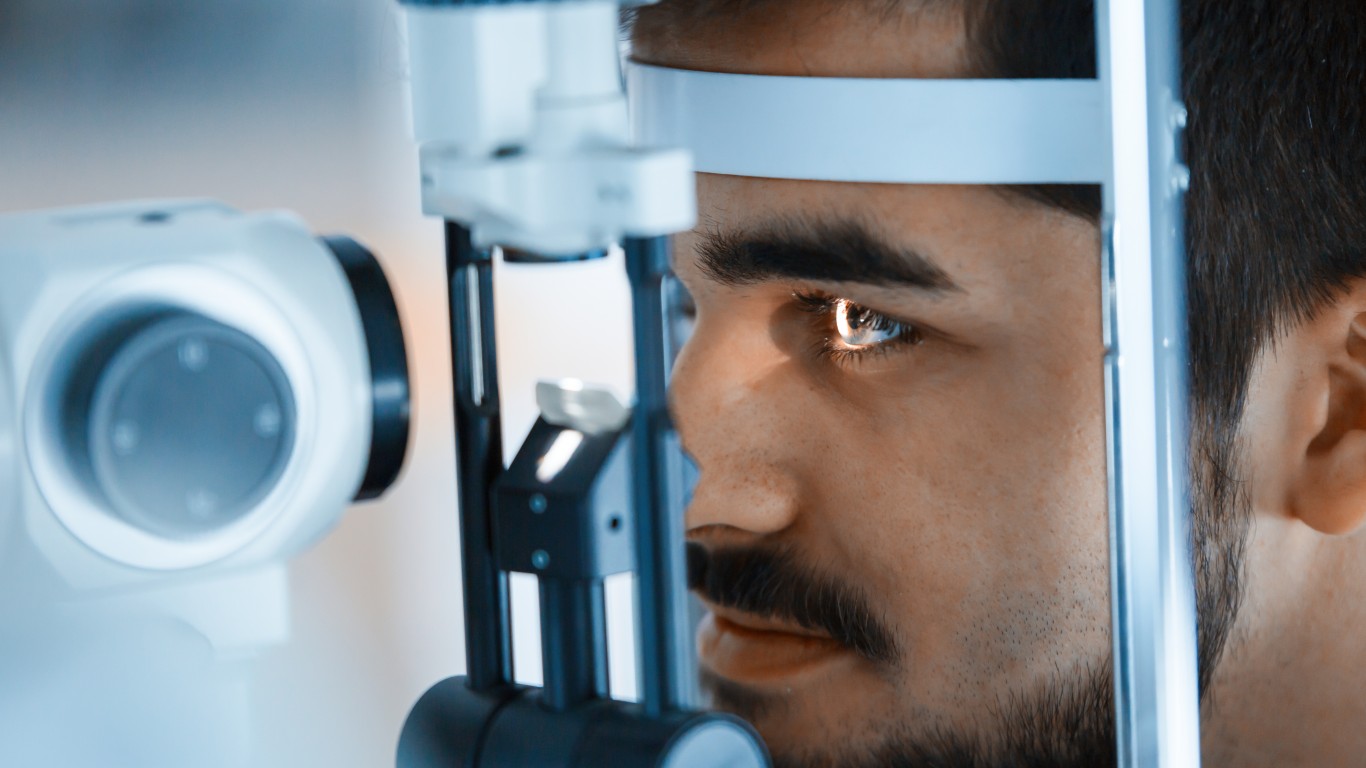
10. Glaucoma Test
Although there are multiple types of glaucoma, the most common form, called open-angle glaucoma, causes pressure in the eye which leads to damage in the optic nerve and irreversible loss of sight.
A baseline eye screening should be performed at age 40, but people at higher risk for glaucoma should see a doctor sooner to determine the frequency of exams needed.
Glaucoma is the second leading cause of blindness. Of the 3 million people in the United States with glaucoma, 2.7 million are over 40 and have open-angle glaucoma.
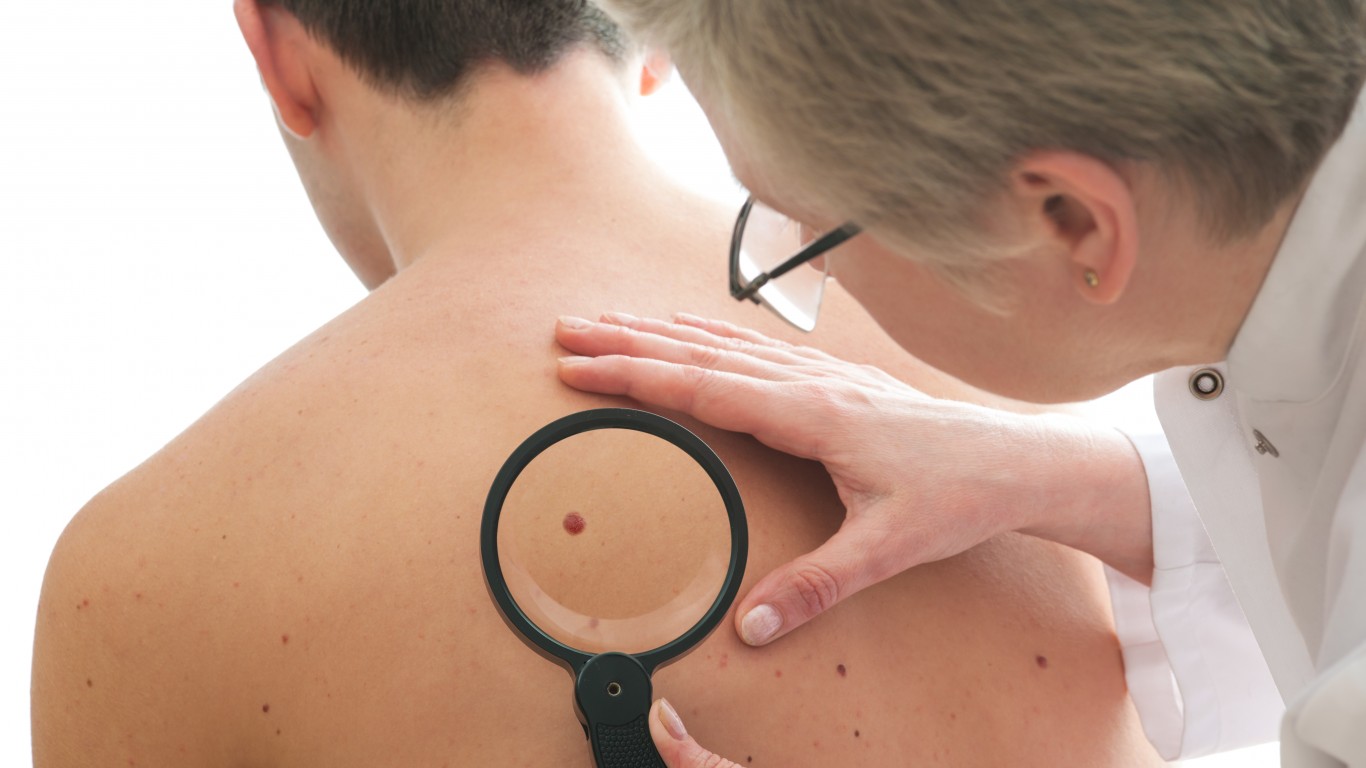
11. Skin Cancer Screening
A skin cancer screening is a visual skin exam that checks for unusual or suspicious moles or markings on the skin that could be a sign of skin cancer, including melanoma. The screening does not diagnose cancer, but a biopsy may be performed if skin cancer is suspected.
Risk factors for skin cancer include those with blond or red hair, blue or green eyes, skin that sunburns easily, and having many moles. A doctor can help determine how often skin cancer screenings should be performed, but many will recommend checking your own skin once a month.
In 2016, there were 28 new cases per 100,000 among men in the United States.
[in-text-ad]

12. Prostate Cancer Screening
The U.S. Preventive Services Task Force recommends that men 55 to 69 years should make their own decision about being screened for prostate cancer after consulting with a doctor about the benefits and risks of screening.
Prostate cancer is the second most common form of cancer among men worldwide, accounting for 3.8% of the deaths, or 358,989, caused by cancer in men, according to the National Institute of Health.
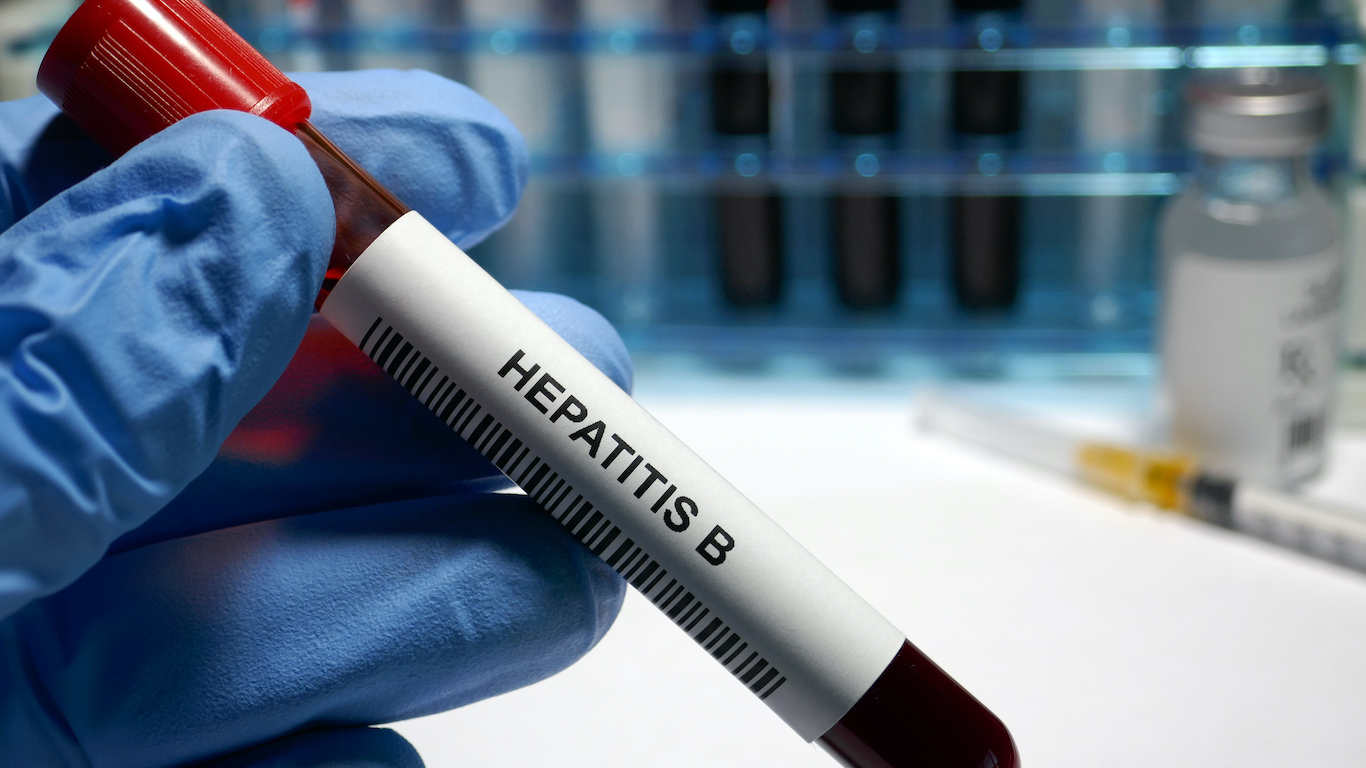
13. Hepatitis B Screening
There is a Hepatitis B vaccine, but for those who are not vaccinated, the CDC specifically recommends that men who have sexual encounters with other men, people who inject drugs, and people with HIV get a Hepatitis B panel of blood tests.
Men are more likely than women to be diagnosed with the virus. In 2017, there were 1.3 cases of Hepatitis B per 100,000 men, compared to 0.8 cases per 100,000 among women.
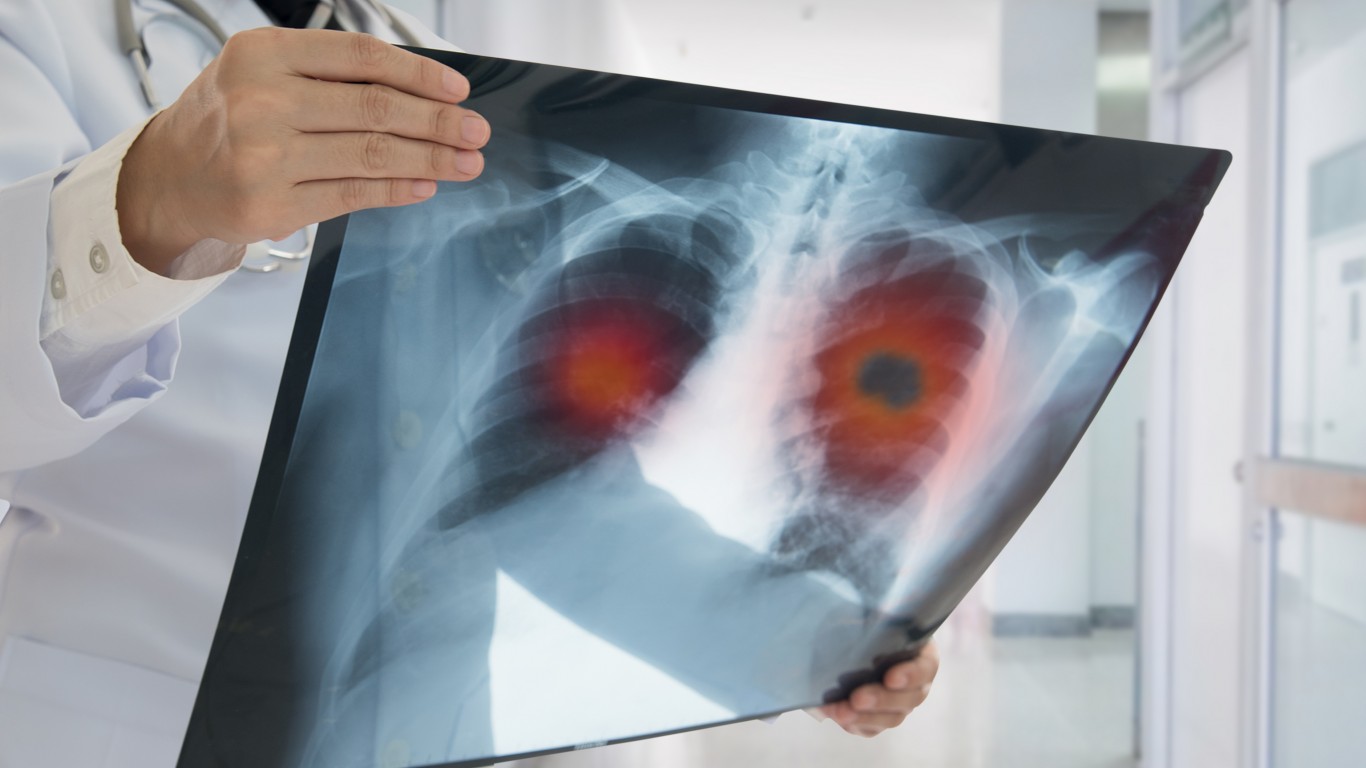
14. Lung Cancer Test (LDCT)
Lung cancer is by far the deadliest form of cancer in the United States, causing more than 148,000 deaths in 2016. In comparison, the second-deadliest, female breast cancer, caused 41,487 deaths that year.
The CDC recommends annual lung cancer screenings — a CT scan — for those who have a history of heavy smoking, and are between 55 and 80.
[in-text-ad-2]
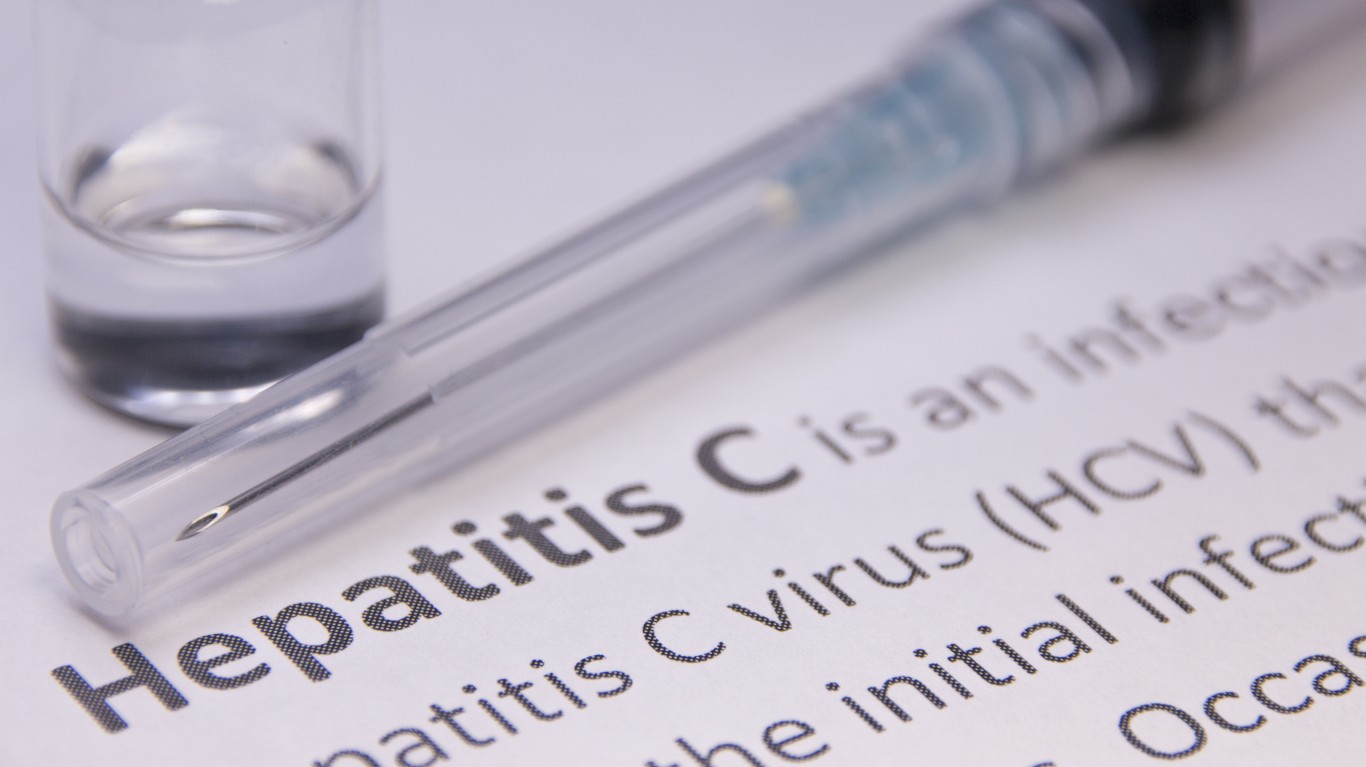
15. Hepatitis C Screening
The CDC recommends that those born between 1945 and 1965 be tested once, as well as those who injected drugs, have HIV, or have received transfusions or organ transplants. The test is a panel of blood tests.
Men are slightly more likely than women to have Hepatitis C, with 1.2 reported cases in 2017 per 100,000 compared to 0.9 reported cases per 100,000 women.
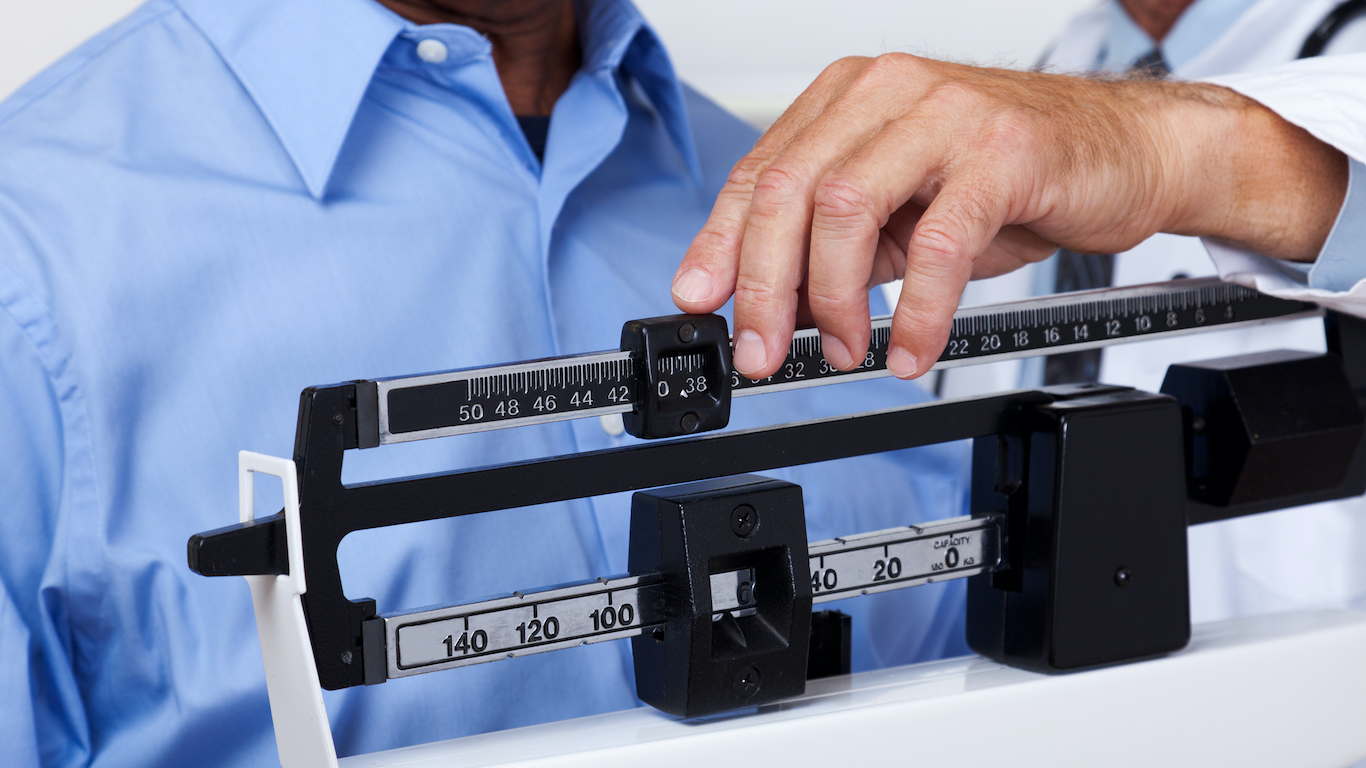
16. Weight and Height Screening
Obesity in the United States remains a serious health concern among men and women, and the condition can be both a sign of, and a cause of, a number of very serious health conditions, including heart disease, stroke, diabetes, and some kinds of cancer. An estimated 30.2% of men in the United States are obese.
Weight and height testing are recommended parts of annual physicals for both men and women. For those who have an unhealthy body mass index, doctors can prescribe lifestyle changes to reduce weight, as well as medication and procedures when necessary.
[in-text-ad]

17. Abdominal Aortic Aneurysm Screening
Abdominal aortic aneurysms are swellings of the aorta, which is the main blood vessel that leads away from the heart, through the abdomen, and then to the rest of the body. Smoking and high blood pressure are believed to increase the risk of an aneurysm, although the causes for the weakening of the aorta are not clear. Men ages 65 to 75 who’ve smoked should have a one-time screening using abdominal ultrasound. For men ages 65 to 75 who have not smoked, your doctor will determine the need for an abdominal ultrasound. That decision is based on family history of aneurysm.
The condition is most common in men over 65. A rupture accounts for more than 1 in 50 of all deaths in this group.

18. Bone Density Test
A bone density test determines if you have osteoporosis, a disorder characterized by fragile bones that are more likely to break. The test uses x-rays to measure the amount of grams of calcium and other bone minerals present in a bone. Health plans will usually pay for the test every two years. Osteoporosis is a significant risk to millions of men, who regard the condition as a women’s disease. According to the CDC, for the period from 2005 to 2010, the age-adjusted prevalence of osteoporosis for those over 65 was 24.8% among women, compared with 5.6% among men.
Osteoporosis has been linked to diseases that impact the kidneys, lungs, stomach, and intestines. A doctor may recommend a bone density test if a man has lost height, fragility bone fractures, received a transplant, or had a drop in hormone levels.

19. Thyroid Screening
Thyroid function tests are blood tests used to gauge how well the gland is working. The thyroid is a small gland in the lower-front section of the neck. It helps regulate your metabolism, energy level, and mood. The tests are routinely performed on newborns to check how well the thyroid is functioning. If your blood work indicates the gland is overactive or underactive, your doctor may order other tests that will check for thyroid function problems and for possible tumors. Based on these findings, your doctor may want to sample tissue from the thyroid to check for cancer.
It is estimated that 14,260 men will be diagnosed with thyroid cancer in 2019, and 1,020 men will die from the disease.
[in-text-ad-2]
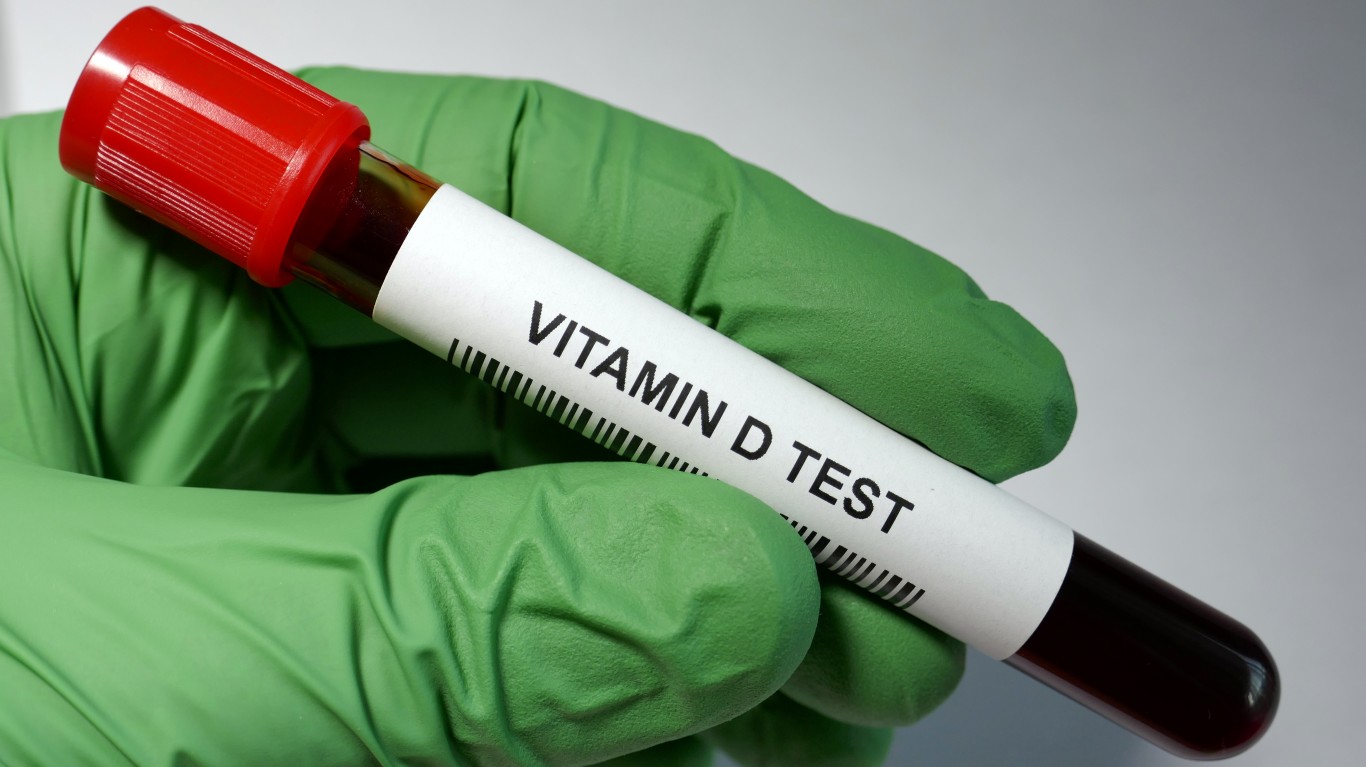
20. Vitamin D (25 Hydroxyvitamin D) Test
This test determines if a person has a deficiency in vitamin D. Vitamin D helps your body absorb calcium and sustain strong bones. Your body produces the vitamin when the sun’s ultraviolet rays come in contact with a person’s skin, which is why it is called the “sunshine vitamin.”
High-risk individuals include individuals who have limited exposure to the sun, older adults, obese people, men who have had gastric bypass surgery, and people who have diseases such as Crohn’s disease, which makes it difficult for the body to absorb nutrients. Rickets and osteomalacia are associated with vitamin D deficiency diseases. Vitamin D supplements are recommended for older men with the vitamin deficiency.
Credit card companies are at war. The biggest issuers are handing out free rewards and benefits to win the best customers.
It’s possible to find cards paying 1.5%, 2%, and even 5% cash back today. That’s free money for qualified borrowers, and the type of thing that would be crazy to pass up. Those rewards can add up to thousands of dollars every year in free money, and include other benefits as well.
We’ve assembled some of the best credit cards for users today. Or you can jump straight to our top pick today which pays up to 5% cash back, a $200 bonus on top, and $0 annual fee. Click here to apply before they stop offering rewards this generous.
Flywheel Publishing has partnered with CardRatings for our coverage of credit card products. Flywheel Publishing and CardRatings may receive a commission from card issuers.
Thank you for reading! Have some feedback for us?
Contact the 24/7 Wall St. editorial team.